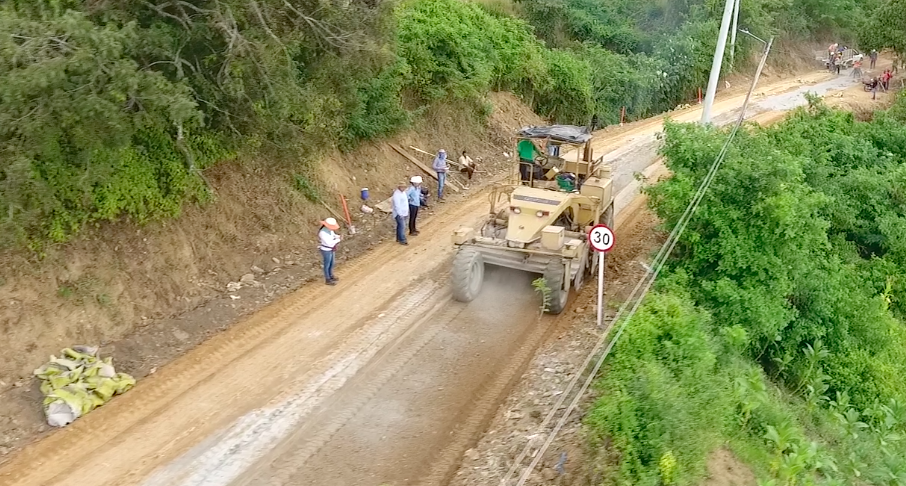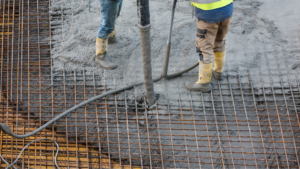In the quest for more sustainable construction practices, the industry faces the significant challenge of reducing its carbon footprint without compromising on the quality and durability of the built environment. One of the most promising solutions to this challenge lies in the utilization of fly ash, a byproduct of coal combustion, in construction materials. This approach not only offers a way to reuse a waste product but also significantly cuts down on the carbon emissions associated with building.
The Urgency for Sustainable Alternatives
With global carbon emissions from the construction sector reaching alarming levels, the International Energy Agency (IEA) and the United Nations Environment Programme (UNEP) have emphasized the urgent need for sustainable building materials. Fly ash emerges as a potential hero in this narrative, with the Environmental Protection Agency (EPA) and ASTM International standards underscoring its credentials for sustainability.
The Promise of Fly Ash
Fly ash, as defined by ASTM C618, is a fine powder resulting from coal combustion in power plants. The American Coal Ash Association (ACAA) highlights its role in reducing the environmental impact of construction, offering an eco-friendly alternative to traditional materials. Historical shifts towards sustainability have seen an increased focus on integrating materials like fly ash into construction practices, reducing the carbon footprint significantly.
Insights from Literature and Practice
A wealth of research, including studies published in the Journal of Cleaner Production and Construction and Building Materials, points to the environmental benefits of fly ash. Its application in concrete and cement not only reduces carbon emissions but also enhances the material’s durability and strength. Notably, innovative uses of fly ash in geopolymer concrete represent a frontier in sustainable construction, as documented in various emerging studies and patents.
Demonstrated Benefits and Ongoing Challenges
The environmental advantages of using fly ash are clear, with lifecycle assessment studies showing a reduction in landfill waste and carbon emissions. Economically, the use of fly ash translates to cost savings and structural benefits, making it an attractive option for builders and developers. However, challenges in widespread adoption remain, including market perceptions and regulatory barriers.
Towards a Sustainable Future
The discussion around fly ash in construction is not just about its current applications but also its potential to shape a more sustainable future. The Paris Agreement sets ambitious targets for reducing greenhouse gas emissions, and fly ash can play a crucial role in meeting these goals. Further research and supportive policies are essential to overcome existing hurdles and fully harness the benefits of fly ash in sustainable construction practices.
A Call to Action
In conclusion, fly ash presents a compelling opportunity for the construction industry to move towards more sustainable practices. Stakeholders across the sector are encouraged to consider the benefits of fly ash, backed by successful precedents and the potential for significant environmental and economic gains. As the industry evolves, embracing fly ash could be a key step in building a greener future.
References
While specific academic papers, industry reports, and standards such as ASTM C618 provide the foundation for the arguments presented, this article synthesizes the current understanding and application of fly ash in reducing the construction industry’s carbon footprint.


